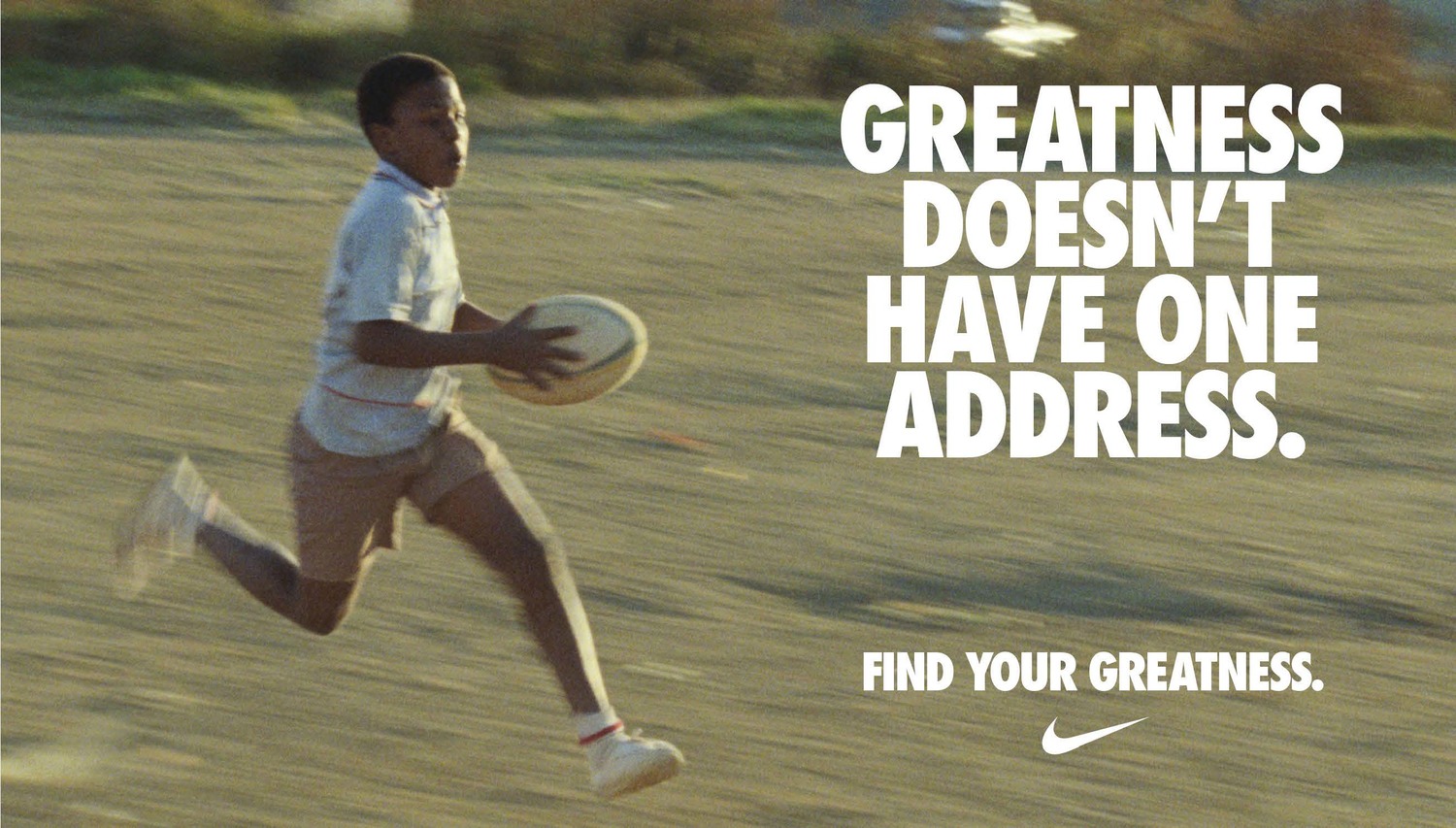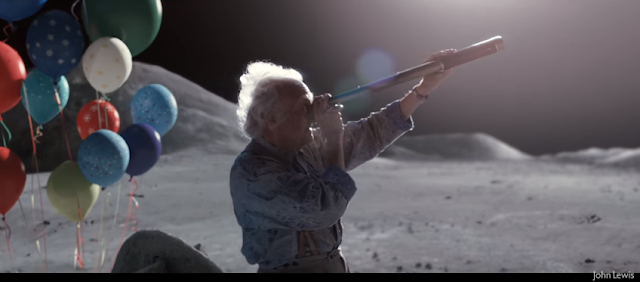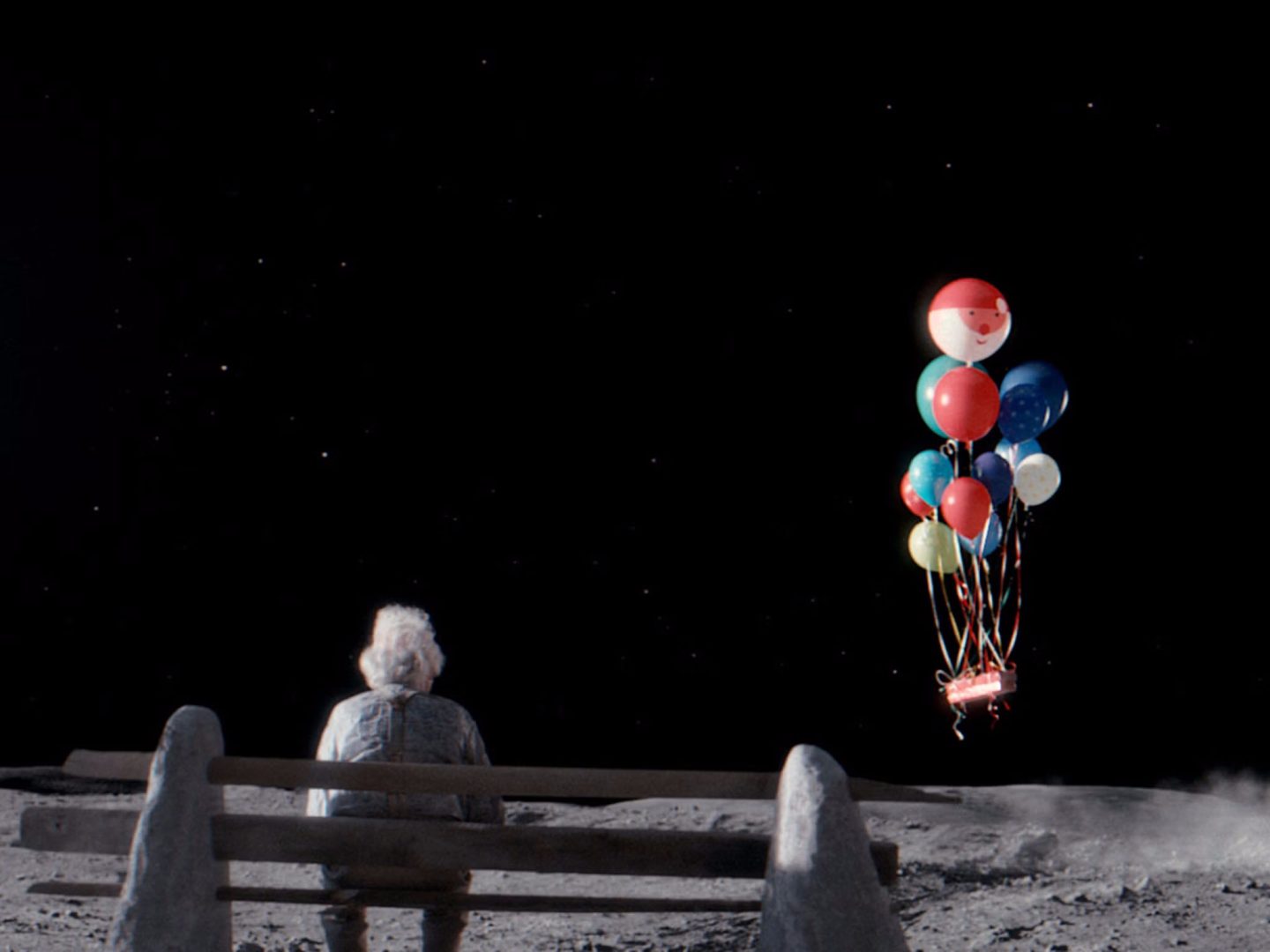Advertising and Marketing in the World of NarrativesStorytelling in Advertising
In today’s noisy world, where audiences are exposed to thousands of advertising messages, merely displaying a slogan or an image is no longer enough. For brands to leave a lasting impression in the hearts and minds of people, they must create experiences that are human, authentic, and emotional. This is where storytelling becomes one of the most powerful tools in marketing.
Storytelling in advertising is the art of delivering a brand’s message through a story that can deeply connect with the audience—a narrative that isn’t just heard, but felt, remembered, and shared. Unlike traditional advertising, which focuses on directly presenting the product, story-driven advertising emphasizes meaning, experience, and human values.
In this article, we explore the strategic role of storytelling in advertising, analyze inspiring examples from global brands, and demonstrate how a well-told story can set a brand apart from its competitors and become part of the audience’s life.
Why Is Storytelling in Advertising So Effective?
At the heart of every human interaction lies a story. From cave paintings to modern media, humans have always used stories to connect, convey meaning, and make sense of the world. Advertising, as a form of modern communication, is no exception.
Long before humans learned to write, before recorded history began, storytelling existed. Imagine our ancestors sitting around a fire, recounting the day’s hunt, warning of forest spirits, or inventing heroic characters to teach children about courage. Stories have always been tools for understanding the world and passing on experience.
In his book The Storytelling Animal, Jonathan Gottschall writes:
“Humans are creatures woven from fact and fiction; they understand, organize, and assign meaning to life through stories.”
Gottschall explains that the human mind is naturally drawn to narrative—even in dreams, our brains craft stories to process the experiences of the day.
Why Does the Human Brain Love Stories?
Our minds are wired for narrative. The brain prefers to process information in the form of cause and effect. When events are framed as a story—with a character, a goal, an obstacle, and a resolution—they become easier to understand and remember.
Empathy and Mirror Neurons
Neuroscientific research shows that when we hear a story, areas of our brain activate as if we are experiencing the events ourselves. This phenomenon, known as mirror neurons, explains the emotional impact of storytelling.
The Cultural Role of Stories
Across cultures, stories shape collective identity. From Greek myths to grandma’s bedtime tales, from epic sagas to Netflix series, humans rely on stories to understand themselves, their society, and even mortality.
The Natural Bond Between Storytelling and Advertising
Given that the human brain resonates deeply with stories, it’s no surprise that brands use narrative to connect with audiences. A successful brand is more than a logo or a product—it’s a story that people want to be part of.
When Apple tells us to “Think Different,” it’s building a story about innovation, boldness, and individuality. When Coca-Cola talks about “Moments of Happiness,” it’s not selling soda—it’s portraying an emotional moment.
Key Elements of a Successful Advertising Story
Every story that lingers in our memory—whether a movie, a novel, or even a short ad—shares certain elements that make it believable, relatable, and memorable. Brands succeed when they skillfully incorporate these elements to craft authentic and compelling narratives.
1. The Hero: The Brand or the Audience?
In most story-driven advertisements, the audience plays the role of the hero—someone with a need, a challenge, or a dream. The brand often acts not as the hero, but as the guide or companion, helping the audience along their journey.
2. The Central Conflict or Challenge
No story is complete without conflict. The audience must feel that there’s a meaningful obstacle—something real or emotional. Successful ads present this challenge clearly and then offer a thoughtful solution.
3. The Core Message or Value
At the heart of every powerful story is a message—a value the brand seeks to convey. This message can be inspirational, practical, or deeply human. It gives the story meaning and elevates it beyond a mere product promotion.
4. The Transformation
A good story always ends with change. The main character reaches a new point—growth through the journey. In advertising, this transformation could be a better feeling, a solution to a problem, or a new perspective, all facilitated by the brand.
5. Visual Narrative and Aesthetic Experience
Today, stories aren’t told only through words. Images, music, sound—and even silence—play essential roles in storytelling. Ads that create strong visuals and immersive moods are more likely to leave a lasting impression.
As we’ve seen, a successful advertising story isn’t just a montage of pretty images or flashy slogans—it’s a purposeful narrative grounded in understanding the audience, addressing a real challenge, and offering a meaningful response.
Now, Let’s See How Global Brands Have Mastered Storytelling:
1. Nike – Find Your Greatness
During the London Olympics—when all eyes were on elite athletes—Nike chose a different path. Instead of glorifying celebrities, it launched a campaign featuring ordinary people striving to improve themselves in their everyday environments: backyards, parks, or small local gyms.
Narrated by a young voice, the message was clear: “Greatness is not reserved for a chosen few. It exists in anyone who believes they can be better.”
The hero wasn’t an Olympian—it was a lone teenager jogging on an empty street in America. This image became a symbol of quiet determination and personal effort. The central conflict: our constant comparison with others.
Nike’s message: Greatness is internal, not competitive.
The simple yet powerful slogan “Find Your Greatness” became a call to action for personal growth—not to outperform others, but to become the best version of oneself.



2. Google – Reunion
One of the most emotional uses of storytelling in digital advertising, Reunion tells the story of two childhood friends separated during the India-Pakistan partition. Decades later, the granddaughter of one of them uses Google Search to find the other friend.
The narrative begins with a childhood memory—two boys sharing jalebi under a tree. This memory becomes a clue in a series of Google searches, leading from a bakery’s name to a park, and finally to a heartfelt reunion.
Here, the heroes are the grandchildren, attempting to restore a joyful past. But on a deeper level, Google itself plays the role of the “guide.”
The story confronts emotional barriers: geography, politics, and time.
Google becomes more than a search engine—it becomes a connector of people across borders and generations.
The campaign deeply moved viewers in both India and Pakistan, garnering millions of views within days. It combined emotional storytelling with a natural demonstration of the product’s power.



3. Coca-Cola – Share a Coke
At first glance, Share a Coke might seem like a simple label redesign. But in reality, it was a personal, expansive narrative that invited millions into Coca-Cola’s story.
The brand printed popular first names and nicknames on bottles—words like “Mom,” “Friend,” or “Buddy.” These bottles became small, intimate gifts people shared, sent, or photographed with.
The hero? The consumer themselves. Anyone could find a bottle with their name—or a loved one’s—and instantly feel part of the Coca-Cola story.
In a world increasingly detached, this small gesture rekindled human connection. It reminded us that every name is worth sharing.
Coca-Cola wasn’t just a beverage—it became a vehicle for sharing joy. Giving someone a bottle with their name carried a heartfelt message: “I thought of you.”
Every purchase became part of a larger story—one that customers helped write and perform. The campaign boosted sales and became one of the most iconic advertising moves of the past decade.


4. John Lewis – The Man on the Moon (2015)
John Lewis, a major British department store, became famous not only for retail but also for its emotionally rich Christmas campaigns. One of the most memorable is The Man on the Moon.
It tells the story of Lily, a little girl who sees a lonely old man living on the moon through her telescope. Nobody seems to notice him. Eventually, Lily sends him a small, glowing gift—a simple lamp that breaks his isolation.
The heroes are both Lily and the old man. He symbolizes people who may feel forgotten, especially during the holidays. The conflict is emotional: loneliness. Lily’s thoughtful act shows that even a small gesture can reconnect us.
John Lewis’s message: Christmas isn’t just about giving gifts—it’s about making others feel noticed.
The campaign conveyed that “Christmas is a time when no one should feel alone.”



This simple yet deeply human story touched viewers across generations. It drove both emotional engagement and commercial success, becoming a cherished Christmas ad remembered for years.
Storytelling in advertising has evolved into more than a trend—it’s a necessity. Brands that craft emotional, relevant narratives build lasting bonds with consumers and stand out in crowded markets. As we’ve seen, companies like Coca-Cola, John Lewis, and Google have successfully used storytelling to merge brand identity with universal human values—creating campaigns that stay in memory long after the ad ends.
In a world where consumers are bombarded with content, the ability to tell a story—a meaningful, emotional, relatable story—is what sets powerful brands apart.
